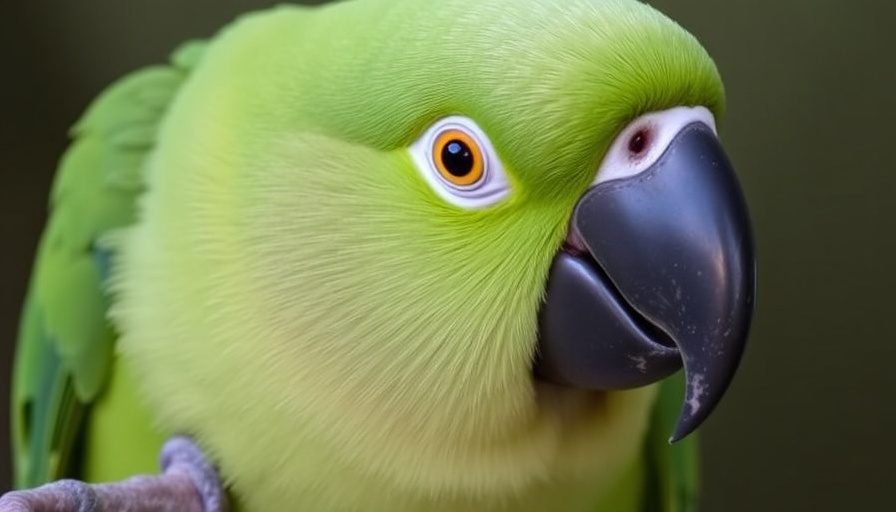
New Zealand's Kākāpō: A Triumph of Conservation
The kākāpō, a magnificent green parrot, has recently experienced a remarkable recovery from the brink of extinction in New Zealand. Once numbering just 50 individuals, the population has swelled to over 240 due to intense conservation efforts. These efforts include breeding programs and predator control on sanctuary islands, showcasing what can be achieved through dedication and scientific intervention. This bird, with its large size, flightless nature, and nocturnal habits, has become an ecological icon, representing the power of successful conservation.
The Hidden Role of Parasites
While the kākāpō has flourished, new research reveals that its associated parasites have not fared as well. A recent study published in Current Biology indicates that the diversity of parasites present with the kākāpō has sharply declined. Yet, rather than viewing parasites solely as detrimental, scientists are uncovering their ecological significance. Parasites can contribute to the health of their hosts, potentially enhancing immune systems and maintaining balance within ecosystems. Marlene Zuk, an evolutionary biologist, explains how this complex relationship is crucial for understanding ecological health.
Why Should San Diego Residents Care?
You may wonder how the plight of a New Zealand parrot is relevant to you living in San Diego. The answer lies in the interconnectedness of ecosystems. Just as New Zealand's kākāpō is essential to its own habitat, local wildlife like the endangered California condor plays a critical role in balancing San Diego's biodiversity. Understanding the ripple effects on ecosystems can inspire community efforts to protect local species. Call it a conservation call to arms, where every individual can help foster a thriving environment.
The Future of the Kākāpō and Its Ecosystem
The declining parasite population poses questions for the kākāpō’s future. Alexander Boast, a lead researcher on the study, emphasizes that every species, even parasites, plays a role in the ecosystem. Maintaining biodiversity, including those often-overlooked parasites, is vital for broader ecological health. This research could lead to future strategies that incorporate parasite ecology into conservation plans to ensure the kākāpō and other species continue to thrive.
Connecting Through Conservation
The story of the kākāpō is more than just a tale of survival; it’s an invitation to connect with nature and observe how our actions resonate in unexpected ways. As conservationists work tirelessly to study and protect the kākāpō, San Diegans can reflect on their local environment. Whether through beach clean-ups or protecting local wildlife, every small action contributes to a larger narrative of conservation. Efforts aimed at preserving local biodiversity may serve as a blueprint for conservation strategies around the world.
A Closer Look at Parasite Ecology
The relationship between parasites and their hosts is fascinating. Researchers noted that certain parasites may even prevent more harmful invaders from troubling their hosts. Just as kākāpō prosper from these interactions, local species like the Western gray squirrel may benefit from the diverse microbial life they carry. This interconnectedness highlights a greater theme: the health of one species can impact entire ecosystems, demonstrating the necessity of inclusive approaches in environmental conservation.
As you think about the kākāpō and its survival story, consider how we can foster a culture of conservation right here in San Diego. Join efforts in environmental protection and celebrate our unique local wildlife. Together, we can ensure that the stories like that of the kākāpō don't just continue, but flourish.
 Add Row
Add Row  Add
Add 




Write A Comment